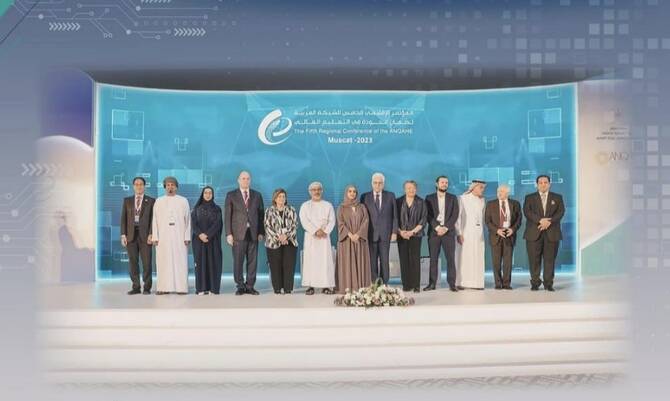Employee performance management aims to ensure that all employees perform their daily tasks efficiently and effectively,
leading to improved overall organizational performance.
By aligning individual goals with the organization’s objectives, employees gain a clear understanding of the broader mission and how their work contributes to the organization’s success and growth.
Linking performance evaluation to incentives through clear and standardized policies and procedures guarantees fairness in rewarding outstanding performance,
which in turn encourages employees to innovate and exert more effort in perfecting their work.

In essence, performance management revolves around employees knowing what is expected of them,
how well they are performing, how to improve, and what is required of them in the future.
The importance of employee performance management lies in supporting the organization’s ability to achieve its vision and strategic goals by enhancing employee performance to meet expectations.
It ensures that employees understand the importance of their roles for the organization and its clients and provides them with a sense of purpose.
When employees know what to do and how to do it, they can work more independently.
It also helps identify future training needs to support employees’ career development and aspirations.
On another level, measuring employee performance forms the basis for determining eligibility for rewards, bonuses, salary increases, and promotions.
It also helps build performance improvement plans and fosters healthy competition among employees to deliver their best,
ultimately enhancing productivity across departments and helping the organization meet its overall goals.

The performance evaluation and development process consists of four key stages:
-
Setting Goals and Required Competencies
The direct manager and employee jointly set individual goals and define the competencies required at the start of the performance evaluation cycle.
-
Mid-Cycle Review
A review meeting is held between the employee and their direct manager to discuss performance so far, identify strengths and weaknesses, and provide guidance to improve performance before the final evaluation.
-
End-of-Cycle Performance Evaluation
The employee’s achievements and work are compared to the agreed-upon goals and competencies.
The reasons for achieving or not achieving the goals are discussed. Based on this evaluation, the employee’s competency profile is updated,
and a training plan is developed based on the employee’s needs and the organization’s requirements.
-
Incentives and Rewards
The organization reviews the final evaluations and calculates rewards for all employees in accordance with approved policies and regulations.
To ensure the success of the evaluation process through all four stages, the organization must provide continuous training and development through workshops, training sessions, and on-the-job training.
Additionally, there should be regular follow-up with the employee, both formally through meetings and communications,
and informally through daily workplace interactions.
See More: Pitfalls in Strategic Planning













